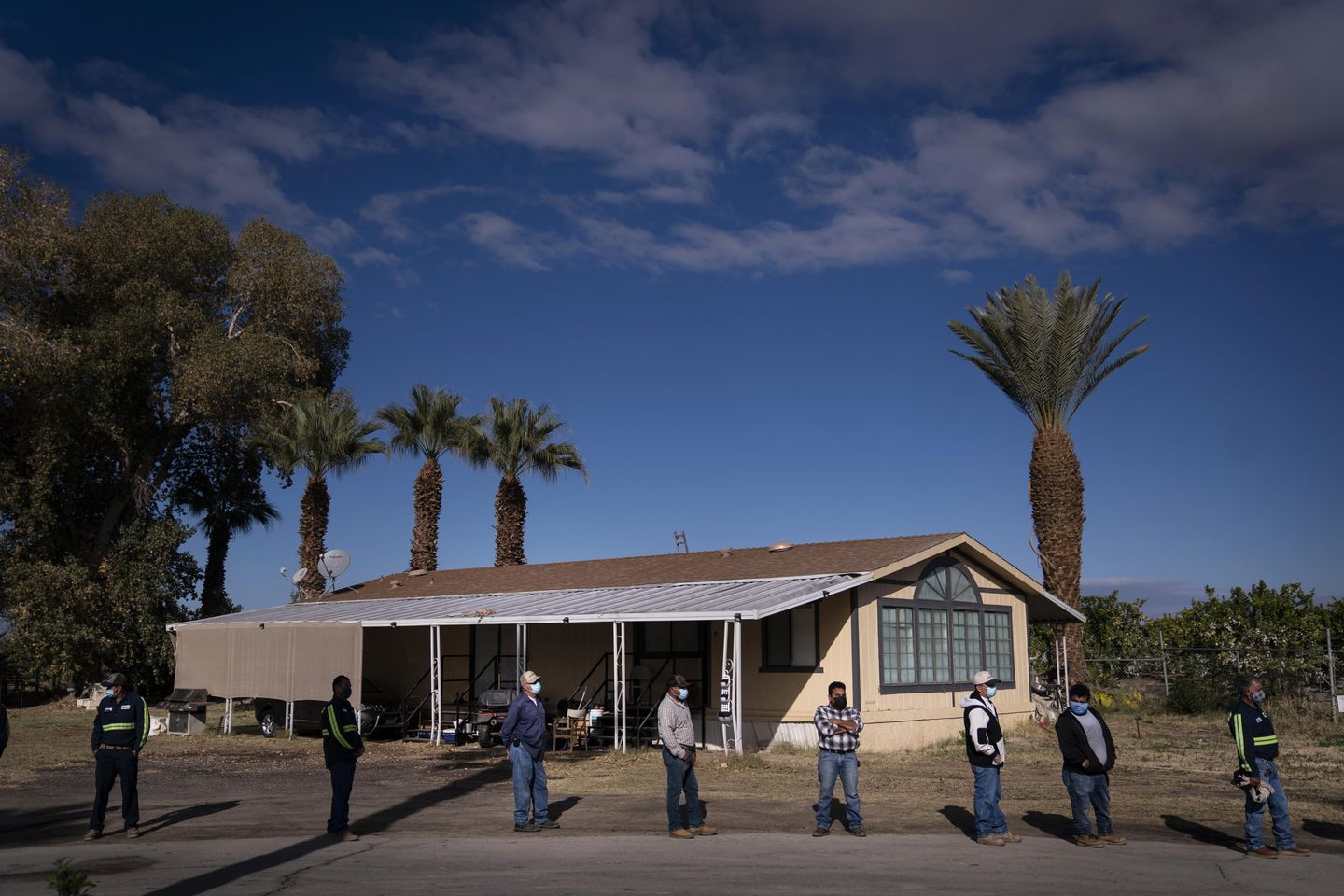When Limba Contreras relocated to Oasis, California, a desert community, around 50 years ago, her family depended on a water cooler to maintain a comfortable indoor temperature. Occasionally, they resorted to spraying each other with a hose outdoors. However, when the mercury soared past 100 degrees Fahrenheit (about 38 Celsius), the cooler proved ineffective, and the hose provided only temporary relief.
“We endured the heat because we lacked other resources,” recalled Contreras, now a retired elementary school librarian.
Today, Contreras and her family have air conditioning, but she remains concerned about the scarcity of shade in playgrounds and fields within the limited parks available.
“During extreme heat, children are unable to play due to the absence of shade,” noted Contreras during a gathering in the Eastern Coachella Valley, where officials and community leaders convened to inaugurate a shade equity master plan.
The Eastern Coachella Valley, a significant agricultural region in Southern California, experiences scorching temperatures, often surpassing 100 degrees Fahrenheit in summer. The predominantly Latino, Spanish-speaking, low-income residents of this rural desert area in Riverside County often reside in mobile homes lacking air conditioning and toil in fields under the blazing sun.
However, shaded areas, trees, and green spaces that could offer respite from the sun are scarce, exacerbating the risk of heat-related stress.
According to the Riverside County Sheriff’s Office, from 2013 to 2023, heat contributed to or directly caused 143 deaths in the Coachella Valley. Though specific statistics for the Eastern Coachella Valley are unavailable, the heat was implicated in nearly 1,960 deaths nationwide in 2023.
Heat-related fatalities outnumber those caused by floods, hurricanes, and tornadoes combined annually, with experts warning that climate change will intensify extreme heat events.
Studies indicate that shade can reduce heat stress on the human body by 25% to 35% throughout the day. Shaded areas can be 20 to 45 degrees Fahrenheit cooler than unshaded surfaces, as estimated by the EPA.
While numerous cities in the U.S., such as New York, Miami, and Austin, have adopted climate action plans utilizing trees to mitigate urban heat, fewer initiatives target less developed regions.
Assistant Professor V. Kelly Turner of the University of California, Los Angeles, underscored the need to address how heat impacts rural communities, emphasizing the importance of the Eastern Coachella Valley’s shade equity plan. This plan proposes policy changes, smart building decisions, and community input to enhance shade provision.
Victor Manuel Perez, Riverside County district supervisor representing the communities, lamented the area’s historical neglect, emphasizing the necessity to improve living conditions for hard-working residents.
The shade master plan, financed by a $644,411 grant from the Governor’s Office of Planning and Research in California, involves collaboration between various organizations and aims to bring more trees and shade structures to parks, schools, and other areas.
This initiative aligns with broader efforts to enhance climate resilience in marginalized communities, which disproportionately face extreme heat due to limited resources and access to green spaces.
Despite the challenges ahead, including funding and implementation logistics, the shade master plan represents a critical step towards safeguarding residents from the adverse effects of extreme heat in the Eastern Coachella Valley.
